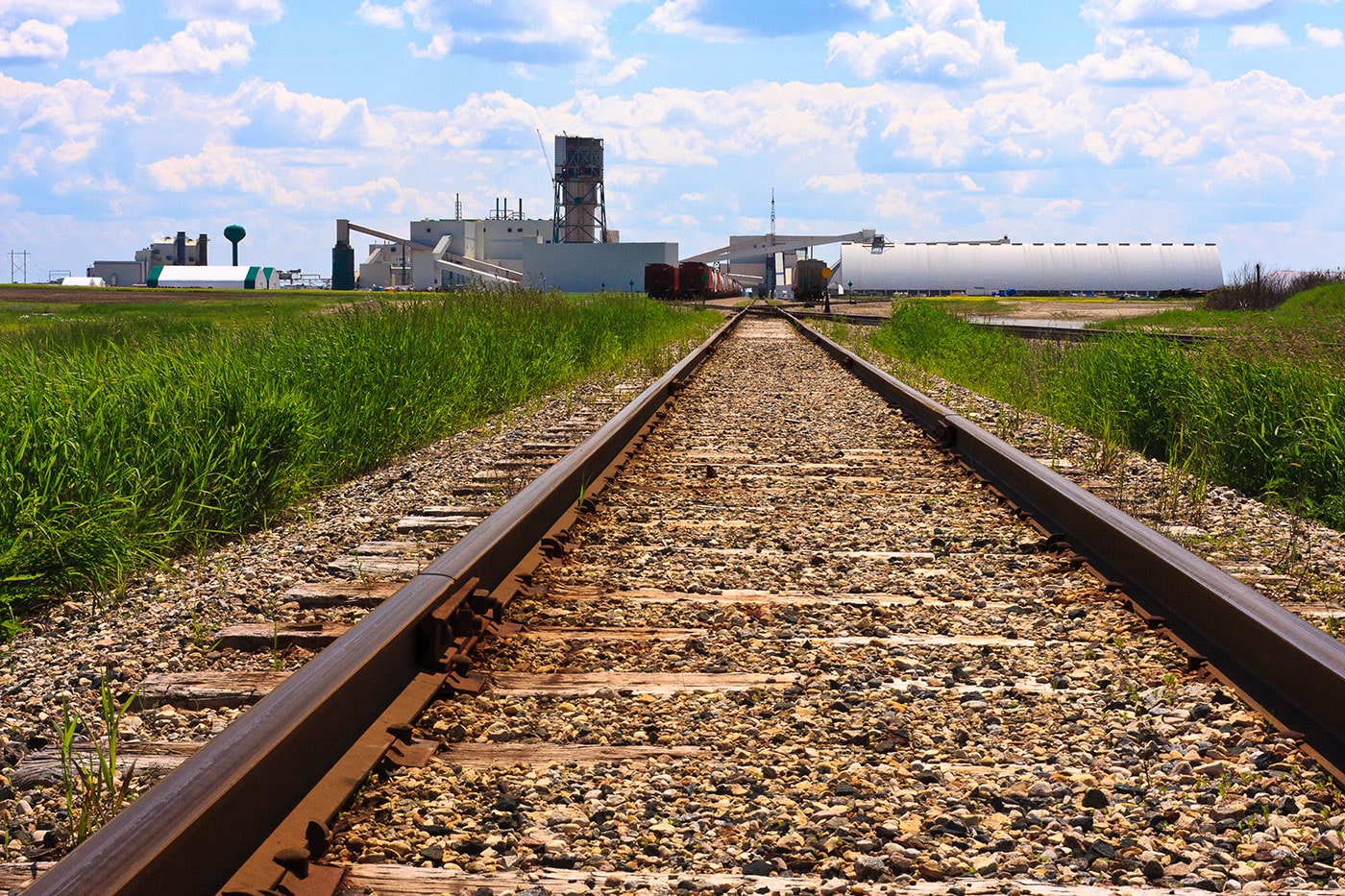As global demand for minerals increases, the minerals industry has the opportunity to navigate boosted productivity while upholding environmental and social responsibility. Future-proofing extraction involves adopting methods that enhance efficiency and safety, reduce environmental impact, and remain socially responsible and climate-smart. Let’s take a look at how the industry can tackle these challenges by adopting innovative technologies and sustainable practices.
The Challenges of Modern Extraction
Extraction plays a vital role in providing the materials necessary for our daily lives, from the metals in our electronics to the minerals used in renewable energy technologies. This essential industry is increasingly prioritizing the following in their operations to remain responsible and competitive:
- Efficiency: Traditional, historical extraction methods can be slow and require many resources, leading to inefficiencies. As global demand for minerals grows, major mineral companies are adopting faster and more resource-efficient extraction techniques.
- Safety: Mining, whether conducted in open pits or underground, can pose risks to workers. Safety is a top priority for minerals companies, with more and more embracing cutting-edge technologies to reduce risks, including remote mining operations, predictive maintenance and robotics.
- Environmental Impact: Mining operations contribute to global greenhouse gas emissions, so the minerals industry is answering the call to decarbonize alongside other major industries. Minerals companies are demonstrating a commitment to leaving a positive legacy on mining sites once operations cease. In addition, environmental stewardship is prioritized during operations. As highlighted by an Ernst & Young report, “Miners that can demonstrate their contribution to a sustainable future will have a competitive advantage. The time to act is now.
Automation, Digitization, and Electrification in Mining
The fourth industrial revolution, known as Industry 4.0, is transforming the extraction industry by integrating innovative technologies to tackle its core challenges.
- Automation: Autonomous vehicles and robotic drills are revolutionizing operations, and mining equipment such as trucks, loaders, and drilling rigs can be remotely controlled. By minimizing human presence in hazardous areas, automation significantly reduces the risk of accidents. More on these exciting innovations in a previous blog!
- Digitization: The use of advanced data analytics and smart sensors enables real-time monitoring of extraction operations. This technology facilitates improved decision-making and minimizes waste. For example, geo-location tools help companies track the positions of underground workers in relation to potential hazards like mobile equipment and harmful gases, enhancing safety protocols.
- Electrification: Transitioning from diesel-powered machinery to electric alternatives allows companies to significantly lower emissions and reduce their carbon footprint. Canada was among the first to introduce battery-powered electric vehicles (EVs) to underground mining in 2012, setting a precedent for cleaner and more sustainable extraction practices.
Building Public Trust in Mining
Public perception of the extraction industry is often shaped by concerns about its environmental and safety practices. However, recent technological advancements present a new perspective. By prioritizing education and transparency, the industry is highlighting its dedication to sustainable practices.
In 2022, polling in Canada revealed that public support for the mining industry had reached an all-time high, with 80% of respondents expressing positive views about mineral and metal producers and 78% feeling favorable toward Canadian mining companies! These figures suggest that Canadians view the industry as a crucial partner in building a greener future. As one of the world’s lowest carbon-intensity producers, Canada is well-positioned to meet the demand for mineral materials in an increasingly sustainable manner.
Educational programs and events that highlight minerals industry innovations can significantly shape public opinion, fostering greater understanding and support for the industry. At IMII, we are committed to education through events like Let’s Talk Minerals and our Education and Training Initiatives!
How the Minerals Industry is Embracing a Climate-Smart Future
To truly future-proof extraction, the industry is adopting climate-smart practices that align with global sustainability goals. This involves:
- Climate change mitigation: Transitioning to renewable energy sources like solar, wind, and hydroelectric power can reduce dependence on fossil fuels. Additionally, optimizing extraction processes for energy efficiency is crucial in minimizing the industry’s carbon footprint.
- Reducing materials impact: Minimizing waste and recycling materials are essential to decreasing the environmental footprint. Embracing circular economy principles and effectively managing strategic mineral supply chains also play a vital role in achieving sustainability.
- Restoring habitats: Post-extraction, minerals companies are rehabilitating sites to preserve and restore the natural environment. This practice ensures that ecosystems are maintained and biodiversity is protected.
By embracing these strategies, the minerals industry can pave the way for a sustainable future, balancing the need for resources with the imperative to protect our planet.
Interested in following innovation in the Saskatchewan minerals industry? We invite you to stay updated through our News tab.



